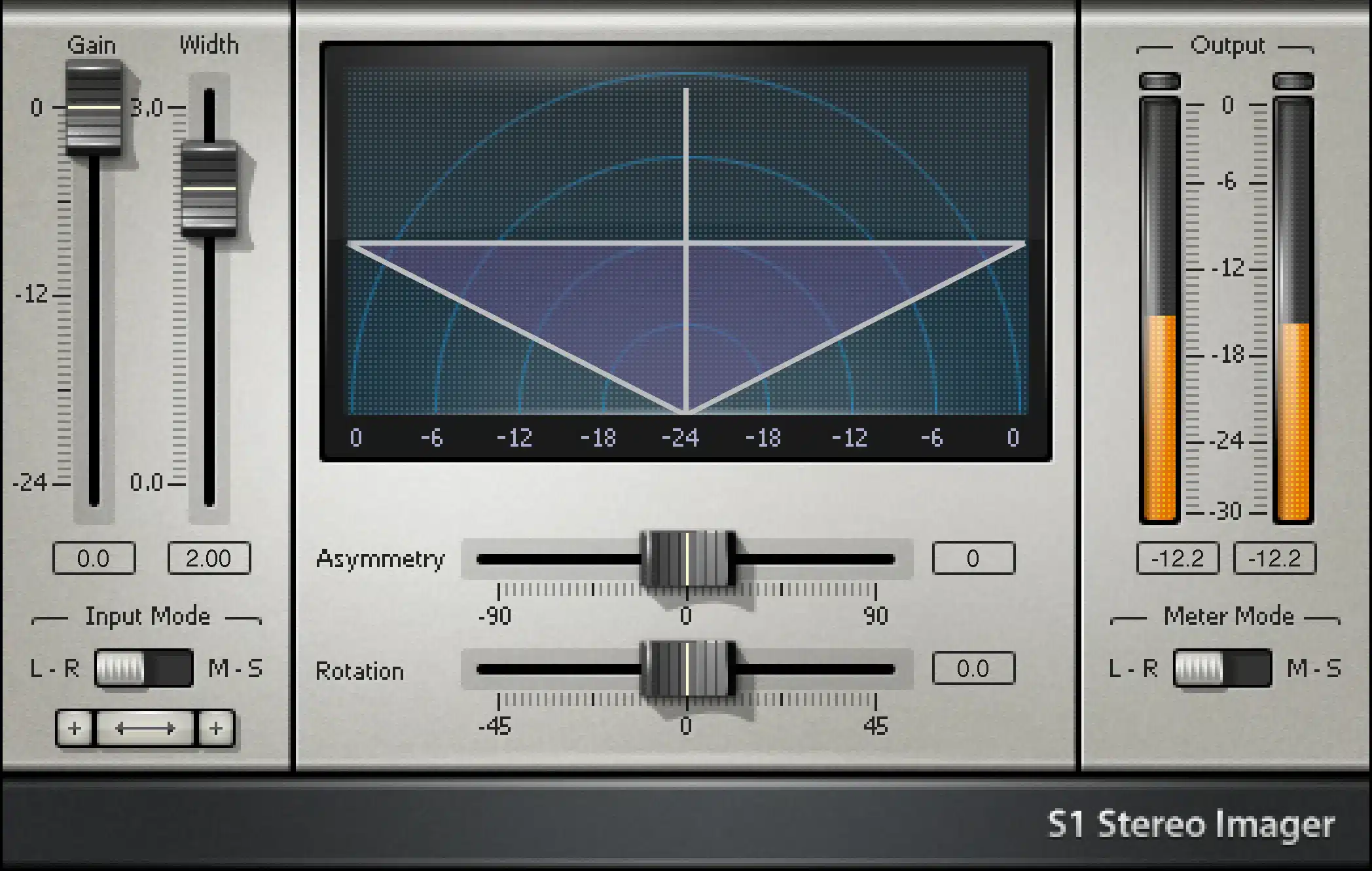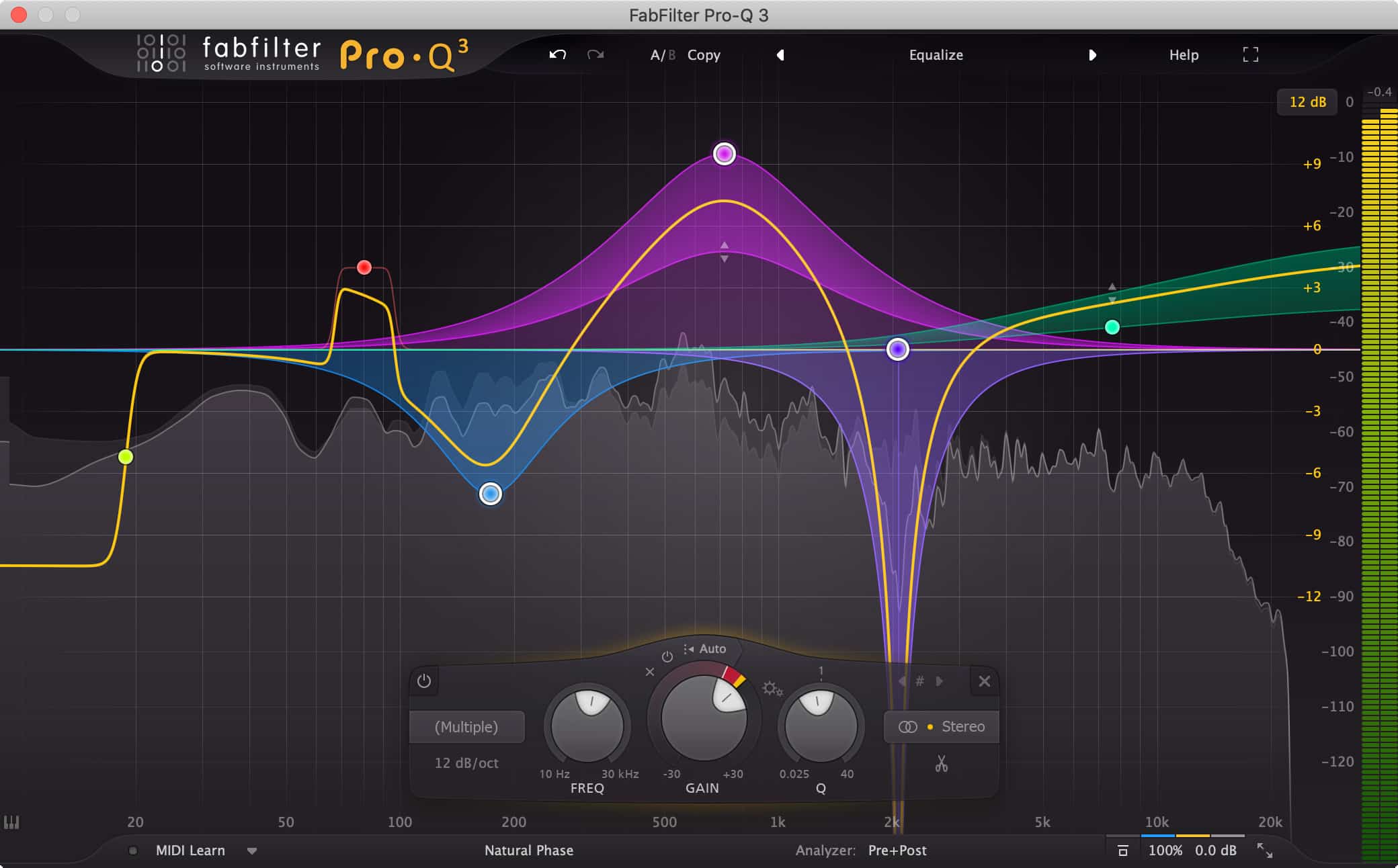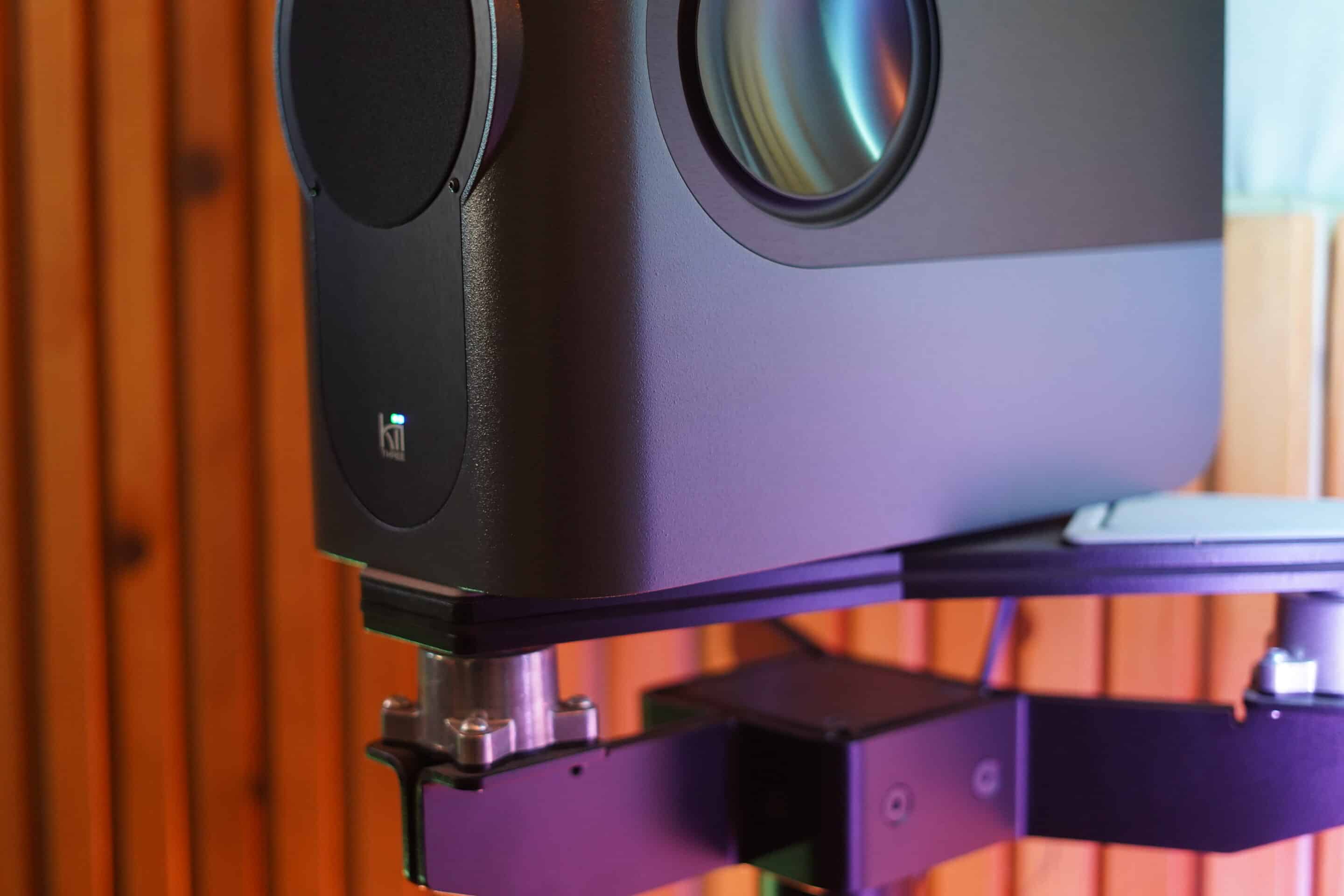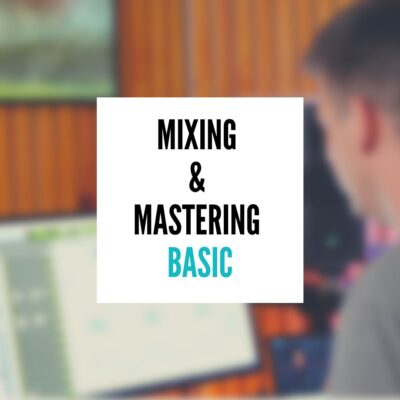Izotope Ozone 11 Review: Elevating Audio Mastering to New Heights
I want to share my experience with the New Ozone Plugin from Izotope. Over my years as a mixing and mastering engineer, I’ve witnessed the evolution of audio mastering tools, and few have made quite an impact, like iZotope’s Ozone series. With the release of Ozone 11, it’s time to delve deep into what this new version offers and how it stands against its predecessor, Ozone 10. This comprehensive review will explore every facet of Ozone 11 Advanced, providing insights and comparisons that will aid both seasoned professionals and newcomers in the field.
Understanding Ozone Software
What is Ozone Software?
iZotope Ozone Advanced has long been a staple in the audio mastering world. It’s a comprehensive mastering suite that combines numerous modules into a single plugin, offering everything from EQ and compression to spectral shaping and maximization. This suite is designed to provide mastering engineers with the ultimate collection of tools needed for putting the finishing touches on any project, whether it’s the next chart-topping hit or a personal composition.
The Evolution of Ozone – From Earlier Versions to Ozone 10
Before diving into Ozone 11, it’s crucial to understand its journey. Starting from its early versions, Ozone has continually evolved, introducing cutting-edge features with each iteration. Ozone 10, for instance, was a significant leap forward, offering advanced AI-powered workflows and modules that maximized the spectral power of tracks while maintaining musical integrity. It set a high bar for audio mastering, making subtle mastering moves with confidence and ensuring music sounds professional and polished.
What’s New in Ozone 11?
Ozone 11, the latest addition to iZotope’s mastering suite, builds upon the foundation laid by its predecessors. It introduces new features like the Clarity Module and enhanced AI capabilities, further pushing the boundaries of what’s possible in mastering. The Clarity Module, for instance, is a game-changer for achieving transparent and balanced mixes, ensuring your music sounds professional without sounding harsh.
User Interface and Usability Enhancements in Ozone 11
The user interface in Ozone has seen significant improvements, making it more intuitive and user-friendly. This is crucial for mastering, where every slider and knob can have a substantial impact on the final product. The streamlined interface ensures that both new users and seasoned professionals can navigate the suite with ease, focusing more on crafting the perfect listening experience.
In-Depth Review of Ozone 11
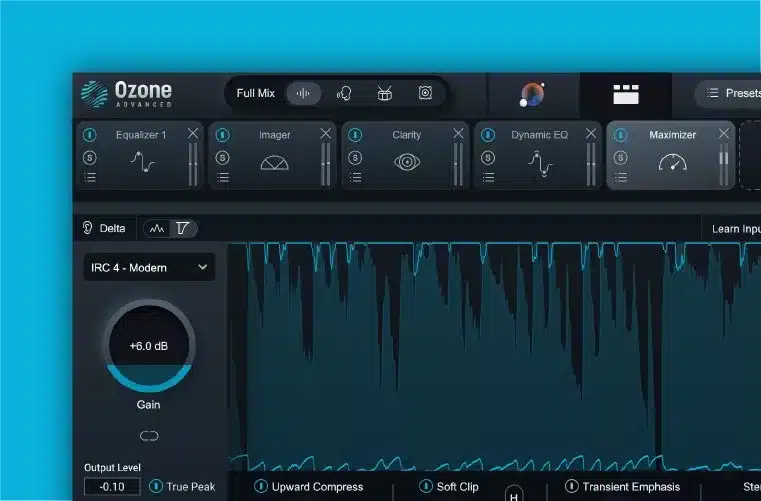
iZotope Ozone 11 – Standout Features
Ozone is packed with features that cater to every aspect of mastering. The Master Assistant, for instance, uses AI to analyze your track and suggest starting points for mastering and adapting to your music’s genre and style. This feature is particularly useful for those new to mastering, providing a solid foundation to build upon. It will add EQ, compression if needed, maximizer, and any other plugins the AI thinks you might need.
Here is a breakdown of all the cutting-edge ozone modules:
- Master Assistant: Utilizes AI algorithms to analyze your track and suggest a starting point for mastering, tailored to your music’s genre and style. It helps in setting levels, EQ curves, and other parameters for an optimal starting point.
- EQ: Offers precise equalization controls for shaping the tonal balance of your track. It includes both analog and digital EQ models, allowing for surgical adjustments as well as broader tonal shaping.
- Dynamics: Provides multiband compression and expansion. You can control the dynamics of different frequency ranges independently, which is crucial for mastering complex mixes without affecting the overall balance.
- Maximizer: A limiter designed to increase the loudness of your track while preserving its dynamics. It’s essential for achieving competitive loudness levels in your final master without introducing unwanted distortion.
- Imager: Allows for precise control over the stereo image of your mix. You can adjust the width of individual frequency bands, enhancing the spatial aspect of your music.
- Exciter: Adds harmonic saturation to your mix, enhancing warmth, character, and tone. It offers different saturation modes, including tube, tape, and solid-state, for various tonal options.
- Low End Focus: Designed to enhance and clarify the low frequencies in your mix. It’s particularly useful for managing bass-heavy genres or tracks where the low end needs more definition.
- Spectral Shaper: Helps in smoothing out harsh frequencies. This module is especially useful for taming overly bright or harsh elements in a mix without affecting the rest of the frequency spectrum.
- Match EQ: A powerful tool for matching the tonal characteristics of your track to a reference track. It’s useful for ensuring consistency across an album or for achieving a specific tonal quality.
- Vintage: Includes Vintage EQ, Vintage Compressor, and Vintage Tape. These modules emulate the warm, rich characteristics of classic analog hardware, adding a vintage feel to your digital masters.
- Clarity: Newly introduced in Ozone 11, this module focuses on enhancing the clarity and balance of the mix, ensuring that the music sounds professional and polished without sounding overly processed.
- Utility Tools: These include features like Codec Preview, Dither, and Gain Match. They are essential for finalizing your master, allowing you to preview how your music will sound in various formats, apply dithering for bit-depth reduction, and match levels for A/B comparison.
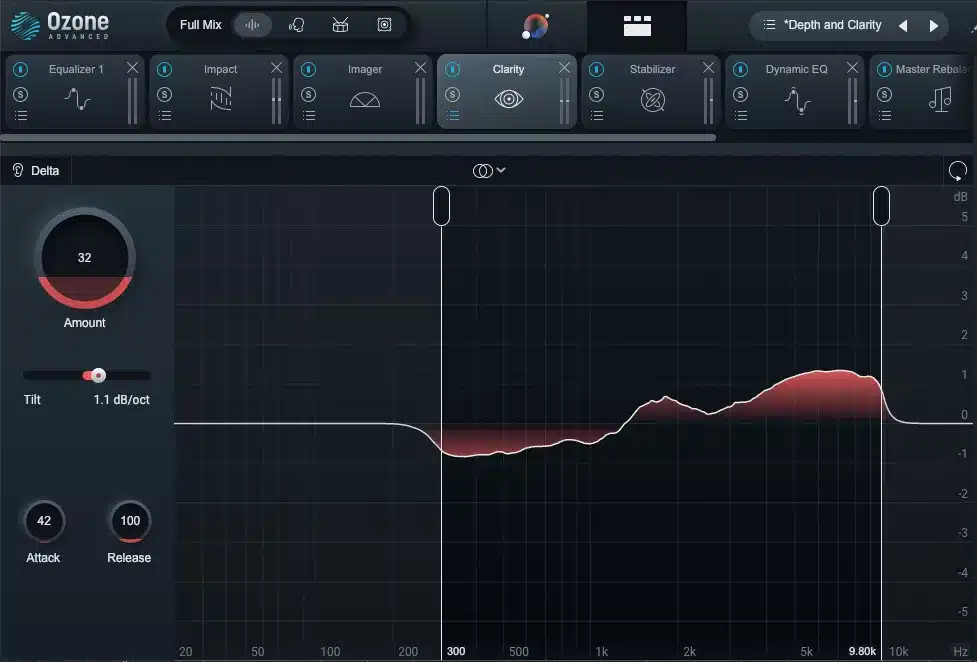
izotope_ozone_11_clarity advanced_
New Transient and Sustain Features
- Transient Feature:
- Purpose: The Transient feature in Ozone 11 is a feature that wasn’t in the previous version of Ozone. It is designed to control the initial attack of sounds in your mix. This is particularly useful for emphasizing or softening the impact of percussive elements like drums, plucked strings, or piano notes.
- Functionality: By adjusting the transient controls, you can make the attack of these elements sharper and more pronounced or softer and more blended with the rest of the audio. This adjustment can add punch and clarity to your mix, making it more dynamic and lively, or it can create a smoother, more cohesive sound by reducing the sharpness of the transients.
- Sustain Feature:
- Purpose: The Sustain feature in Ozone 11 focuses on the decay or the tail of sounds. It’s used to manipulate how long these elements linger in the mix, affecting the overall texture and feel of the music.
- Functionality: By increasing sustain, you can make elements of your mix sound fuller and more resonant, as it extends the decay of sounds. This can be particularly useful for adding richness to sparse arrangements or creating a sense of space and depth. Decreasing sustain, on the other hand, can tighten up the mix, making it sound cleaner and more focused by reducing the tail of sounds.
Performance and Efficiency: Ozone 11 in Action
In terms of performance, Ozone 11 is both powerful and efficient. It handles complex processing without overwhelming your system, a crucial aspect for professionals working with multiple tracks and plugins. The suite’s efficiency means you can focus on the creative aspects of mastering without worrying about technical limitations.
Ozone 10 vs. Ozone 11
A Comparative Look at Ozone 10 and Ozone 11
Ozone 10 was already very powerful, but Ozone 11 takes these features and refines them further. The Master Assistant is more advanced, with improved AI algorithms that offer more accurate and genre-specific suggestions. The most notable addition is the Clarity Module, a groundbreaking tool designed to enhance the clarity and balance of the mix without introducing harshness. This module alone sets Ozone 11 apart, offering mastering engineers a new level of control over their final sound.
The Dynamics Module in Ozone 11 has also seen enhancements, particularly in the handling of transients and sustain. This allows for more nuanced shaping of the dynamic aspects of a mix, providing a level of control that can make a significant difference in the final master. The Maximizer Module has been refined for even more transparent limiting, ensuring that the final product is loud yet dynamic and clear.
In terms of user experience, Ozone 11 stands out with its improved interface. It’s more intuitive and streamlined, making the complex process of mastering more accessible, especially for those who might be new to the field. This focus on user experience doesn’t just simplify the workflow; it also allows for deeper exploration of the software’s capabilities without feeling overwhelming.
While Ozone 10 was already a powerful tool in the mastering arsenal, 11 elevates the experience with its new features, enhanced AI, and user-centric design. It’s not just an update but a significant step forward in digital mastering technology, offering both new and experienced users the tools to achieve a polished, professional sound.
User Experiences: Ozone 10 and Ozone 11
User feedback on Ozone 11 has been overwhelmingly positive, with many praising its advanced features and user-friendly interface. Professionals who have used both versions note the tangible improvements in 11, particularly in its ability to deliver clearer, more balanced masters.


